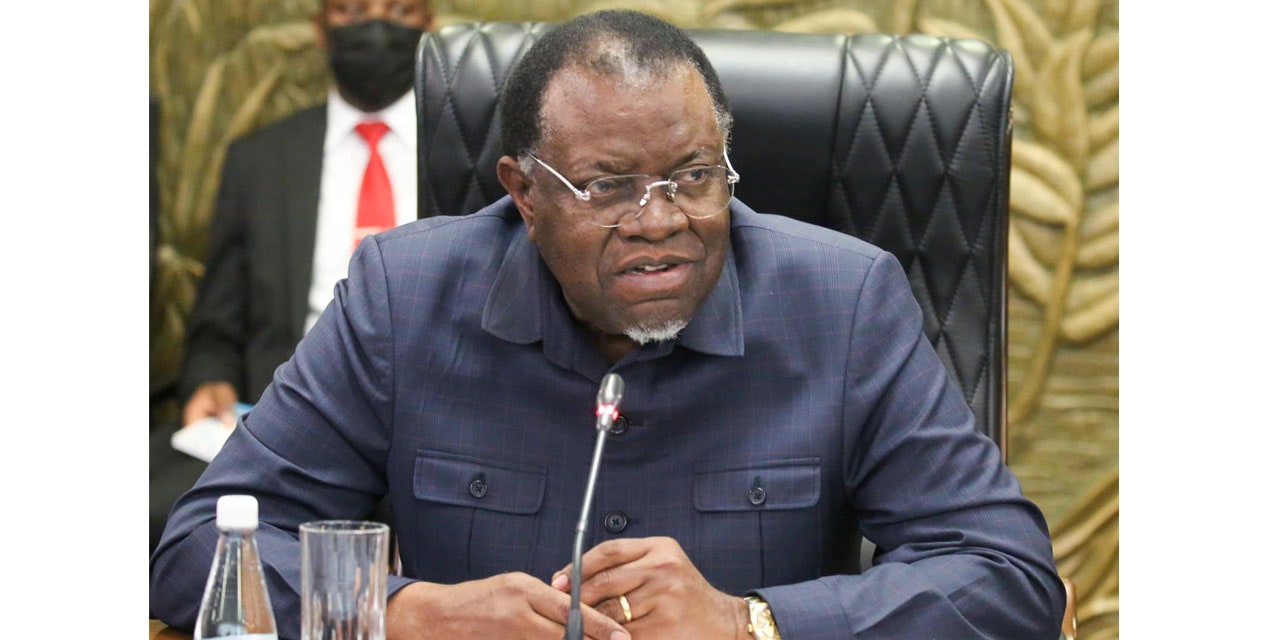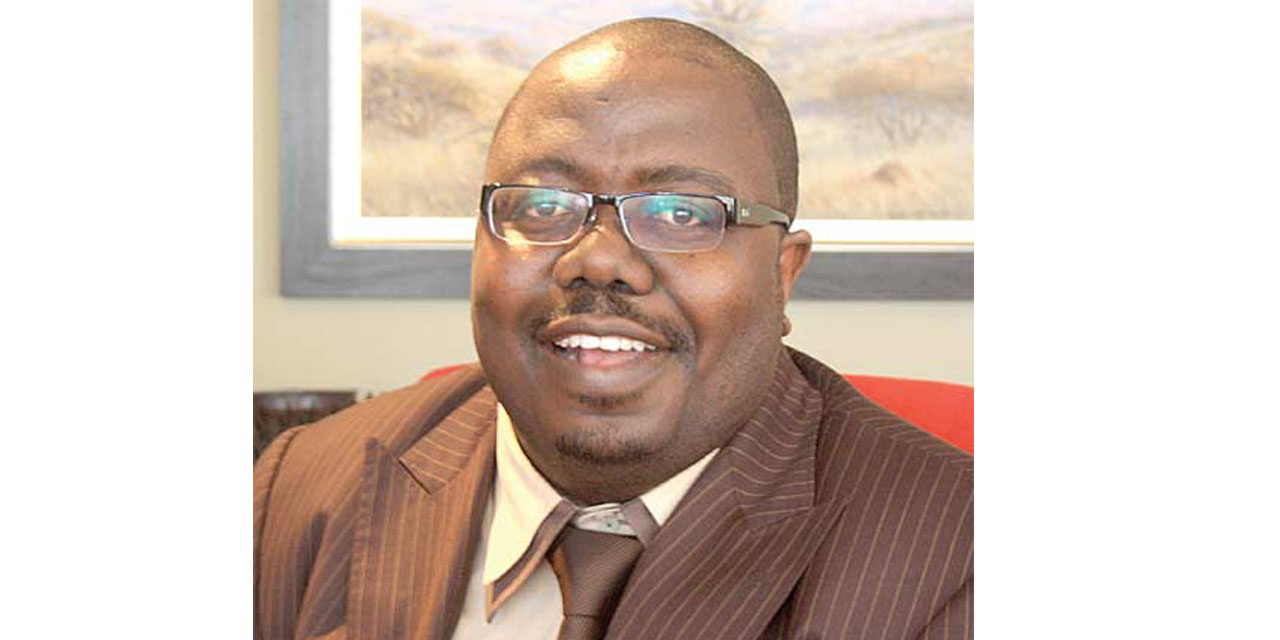Staff Writer
Namibia has been rated among the countries with the highest expenditure on education, with an average expenditure per learner of US$1,190.00(N$ 21,860.30).
A report by the United Nations Children’s Fund(UNICEF) said Namibia devotes a significant share of its budget towards the education of children, with an annual average spending of 20.7 percent of the total budget and 7.8 percent of gross domestic product (GDP). Namibia is ranked the 3rd highest spender in the East and Southern Africa Region.
The report says Namibia’s overall spending on education is relatively high to improve quality of education. Shockingly, last year, grade 11 Namibia Senior Secondary Certificate Ordinary and grade 12 Advanced Subsidiary levels (NSSCO and NSSCAS) results showed that only 8 133 pupils, 24 percent qualified for tertiary education from the 38 019 candidates who sat for the 2022 national exams.
This prompted lawmakers to move an urgent motion, without notice, to probe the high failure rate. The President, Hage Geingob has since called on education stakeholders to revisit their policies in bettering the country’s education sector.
The UNICEF is of the opinion that with the high level of investment in education, the focus should be improving value for money, including through enhancing efficiency in procurement and prioritising early learning which, in part, contributes to costly learner repetitions.
“The need for spending efficiencies cannot be over-emphasized, given fiscal space constraints emanating from the COVID-19 pandemic and other emergencies. The Education sector is characterized by high learner repetition rates, which in itself is a source of inefficiency. Albeit declining from 16.2 percent in 2013, an estimated 12.5 percent of the learners repeated a grade in 2019. At this rate, repetitions cost the Government approximately N$1.64 billion a year,”the report stated.
The money spent on repeating learners is equivalent to12.0 percent of the total Ministry of Education Arts and Culture budget.
The high repetition rates can be attributed to low investments and thus attainment rates in early learning, which should be a key budgetary priority.
Furthermore, the UNICEF indicated in its 2022/23 financial year report that there are inequalities in education sector outcomes along geographical, socio-economic and disability status of learners.
“Achieving equity in education requires reforming the financing formula towards prioritizing regions with the greatest needs and children with disabilities. There is need to expedite the finalisation of the learner targeted School Grant Policy, to ensure equitable outcomes for all children of Namibia, including those with disabilities,” the Fund said.
Statistics from Facilit8 Namibia reveal that Primary school enrolment increased from 476,360 in 2016 to 516,519 in 2020, whilst secondary enrolment also increased from 202,252 to 213,056, over the same period. In the last 10 years, the Ministry of Education, Arts and Culture received approximately N$ 100 billion. In the same period, the government had spent N$ 100 000 per learner, for 1 million learners. Although US$1,190.00(N$ 21,860.30) was spent on a Learner in 2022, textbooks and other essentials continue to lack in public schools.
Despite the sector getting the highest allocation, short term projections show declining funding trend. Whilst education spending was highest in 2020/21 at N$15.1 billion, boosted by COVID-19 spending in the sector, real spending in 2022/23 is projected to be lower than pre-covid levels and declining in the near term, raising sustainability concerns.




